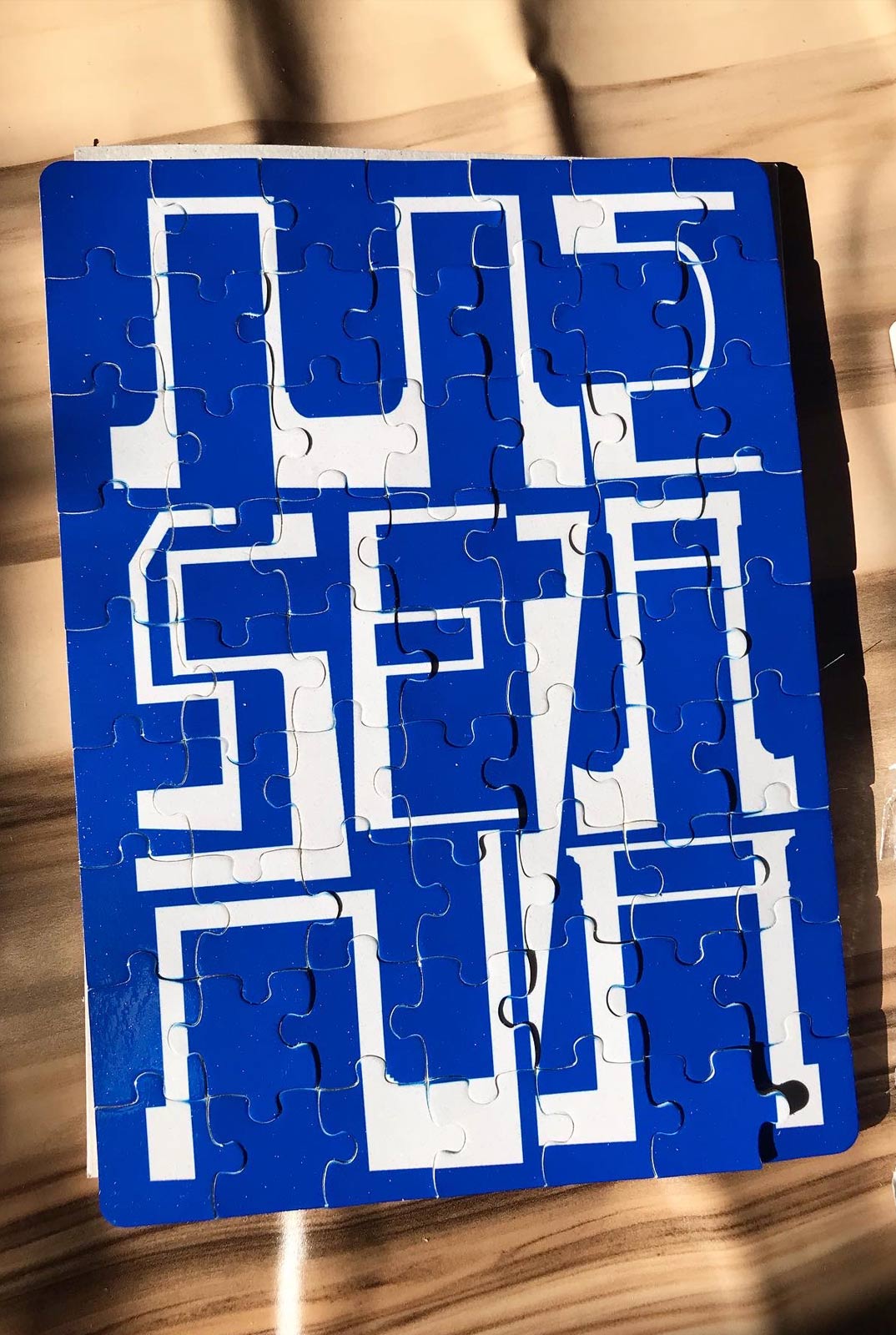
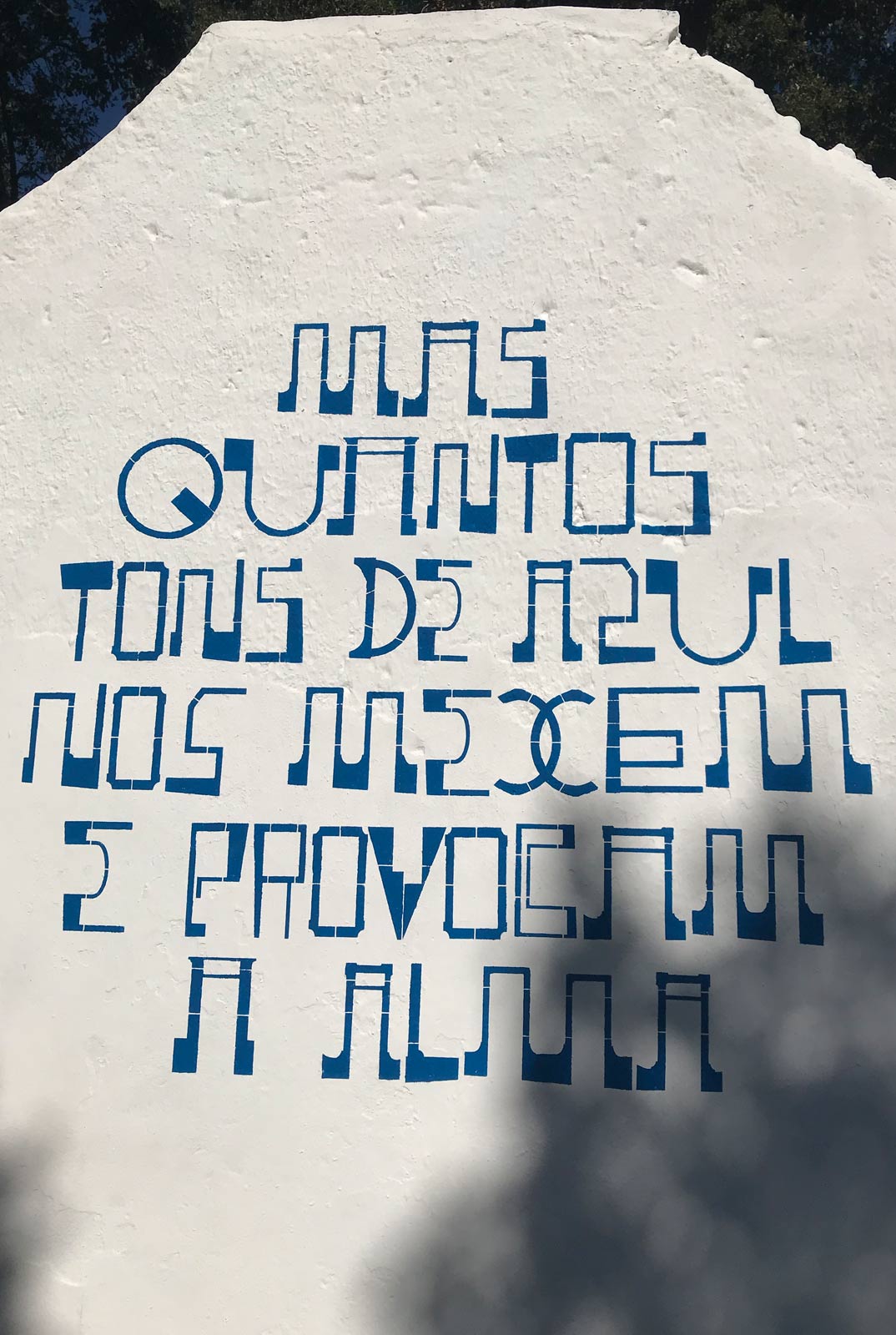

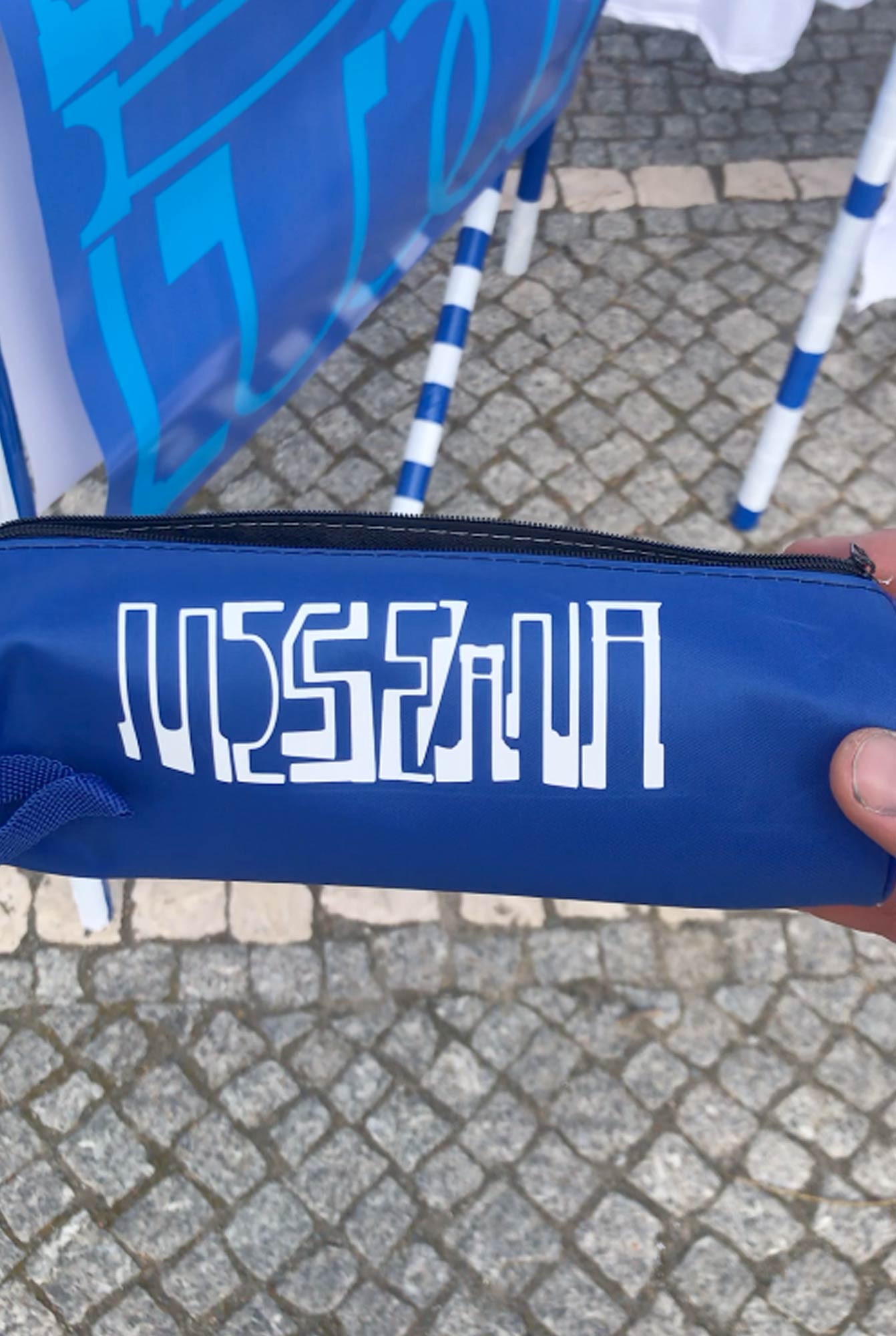

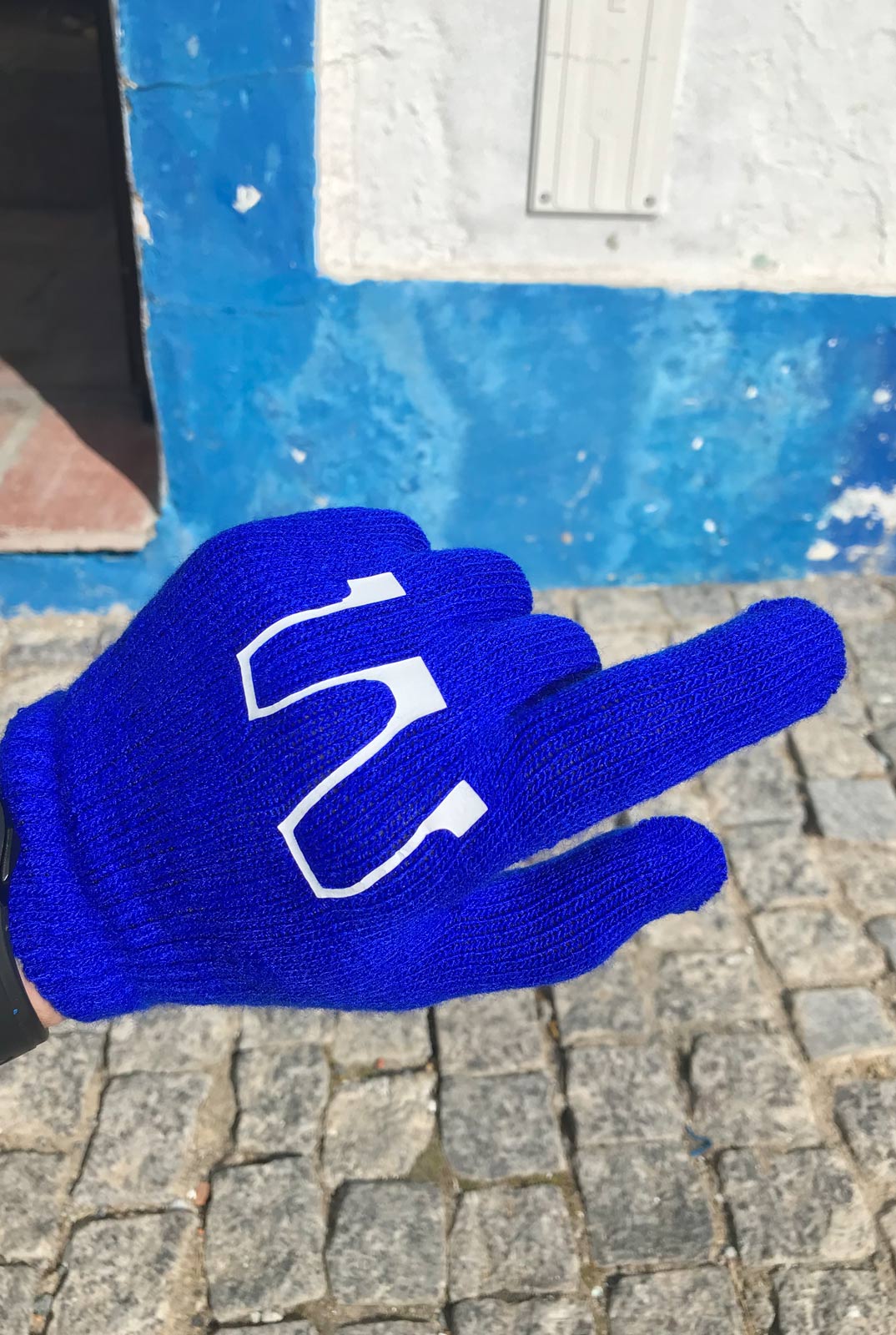
Strolling through the narrow streets of Messejana, the blue decorations on the house facades got my attention straight away. Somehow I automatically started extracting the blue. And what I saw were amorphous and irregular letters in different shapes: thin, extended, narrow, bold, ultra wide. I just couldn’t stop seeing these letters. Without having a plan what to do with it, I started making some merchandising products at the nearest print shop just for fun: jigsaw puzzles, fridge magnets, keychains, T-shirts and many more. Most of the products I actually wouldn’t use or products I consider as ridiculous. But I didn’t expect to have so much joy seeing my work on these products.
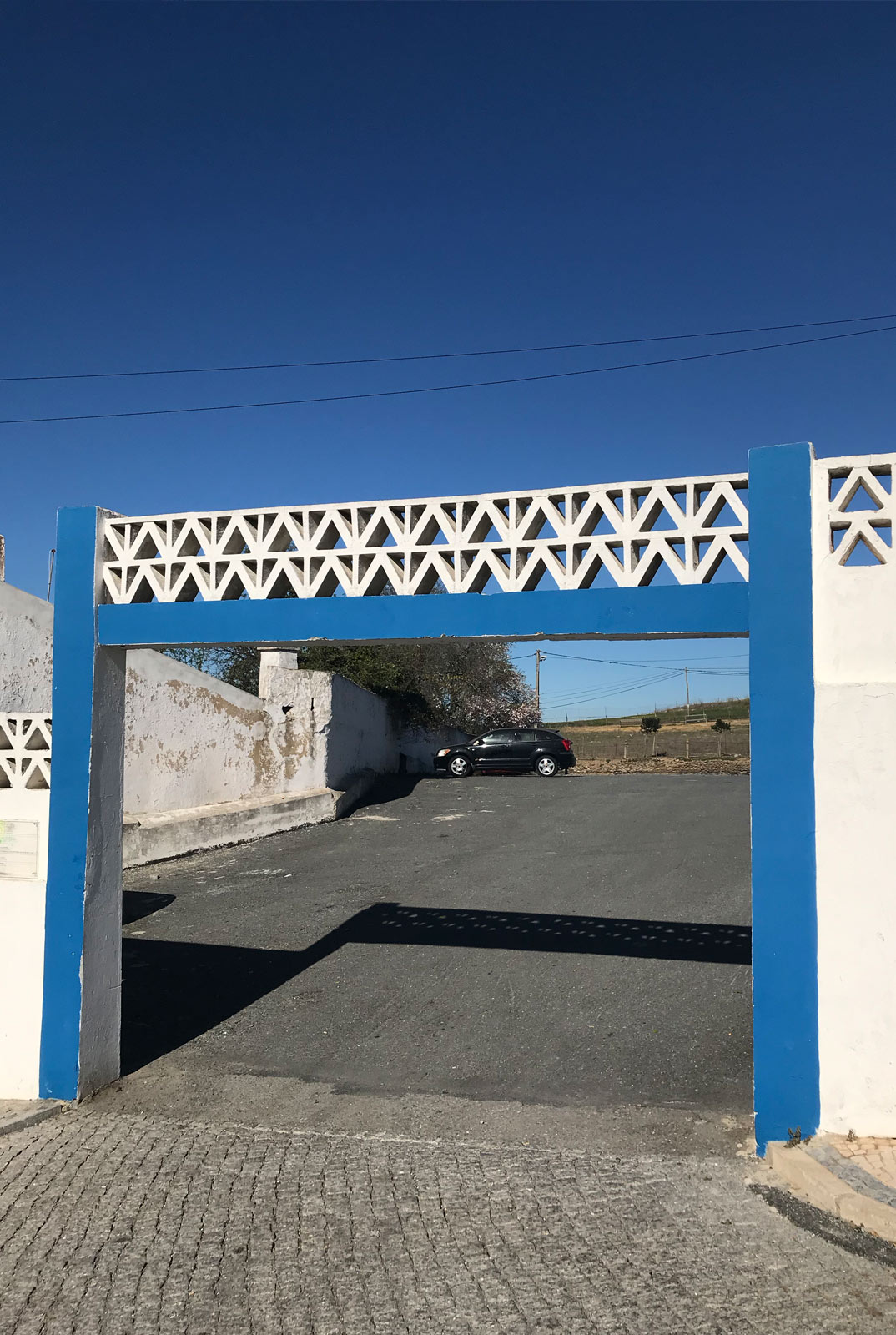

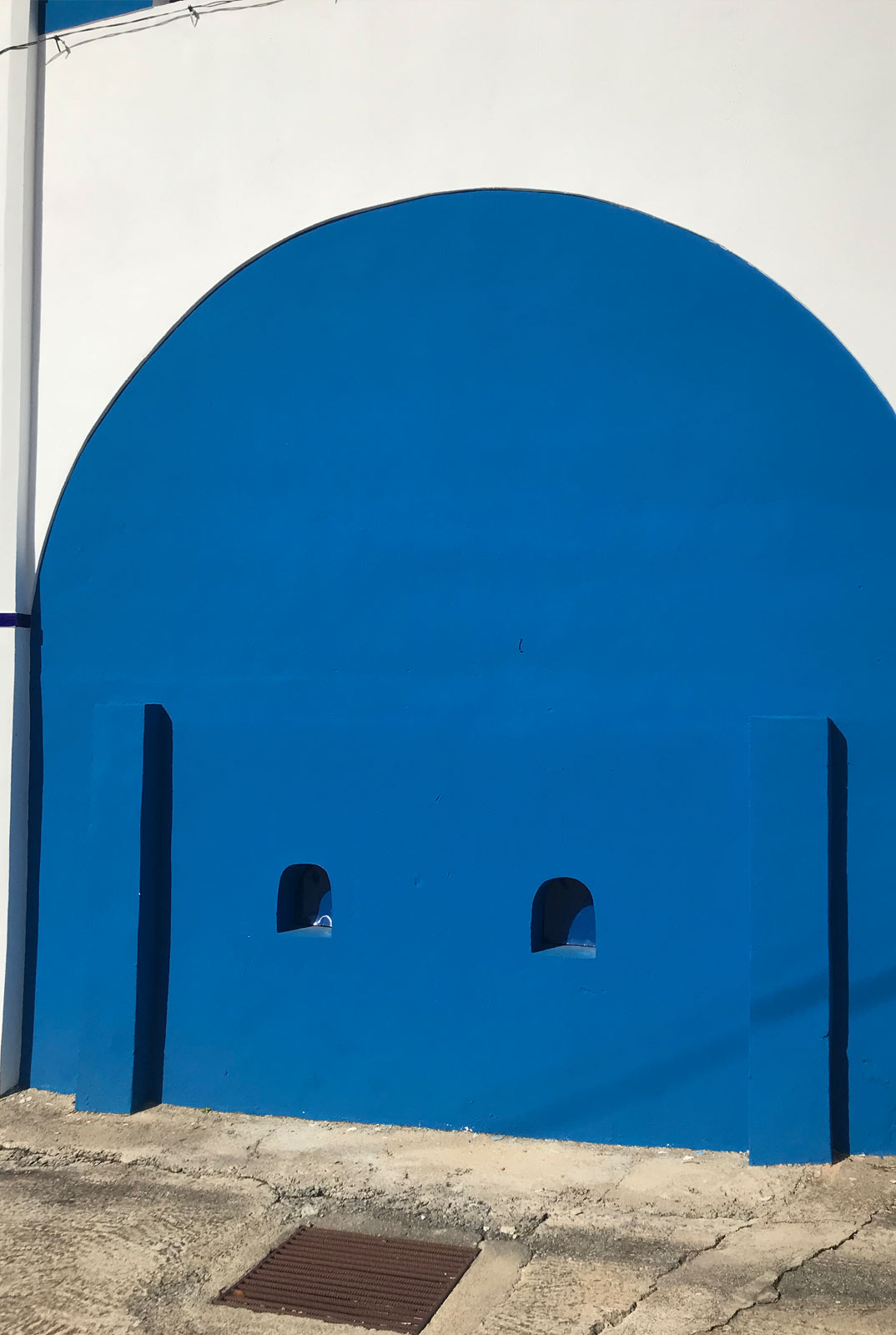
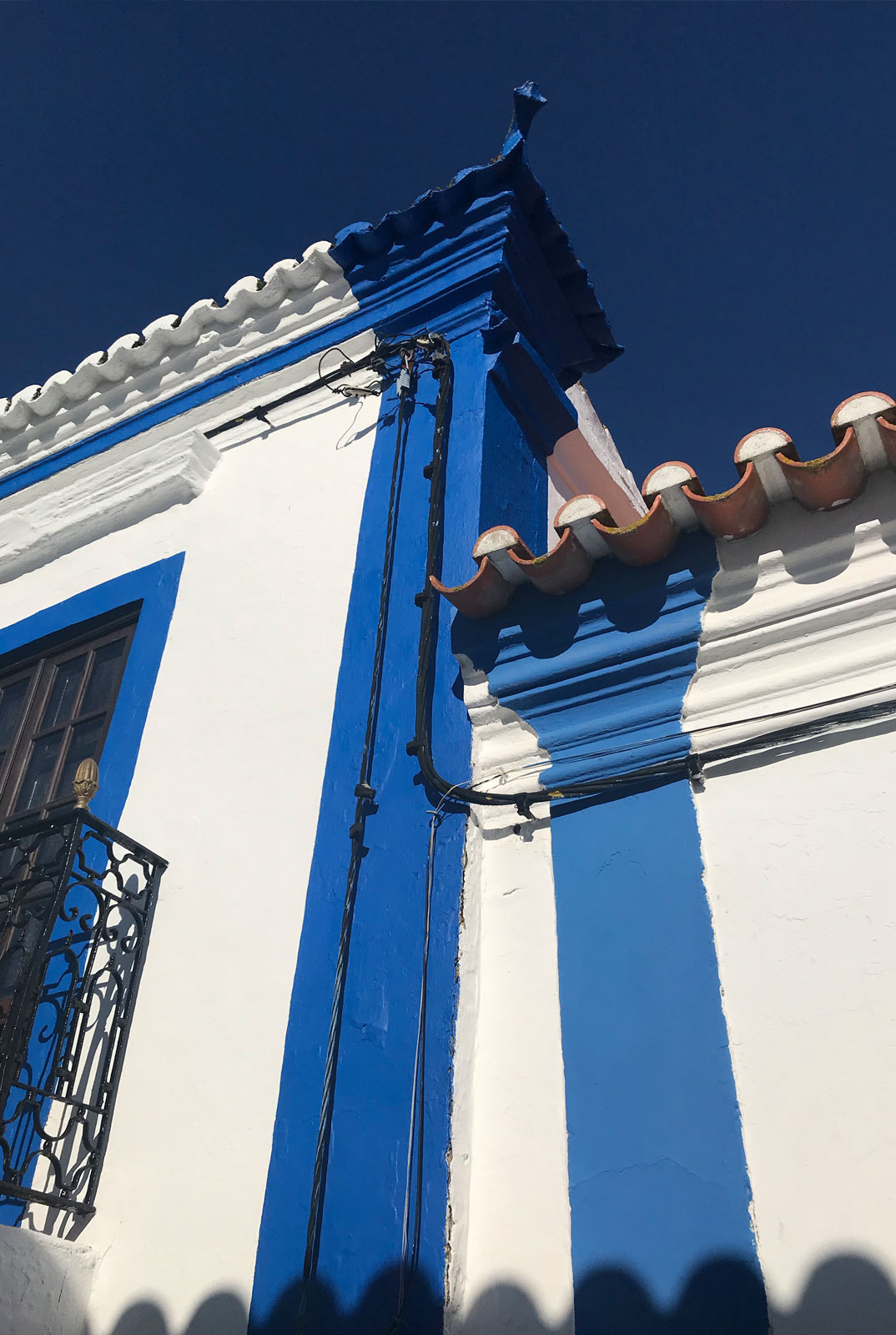
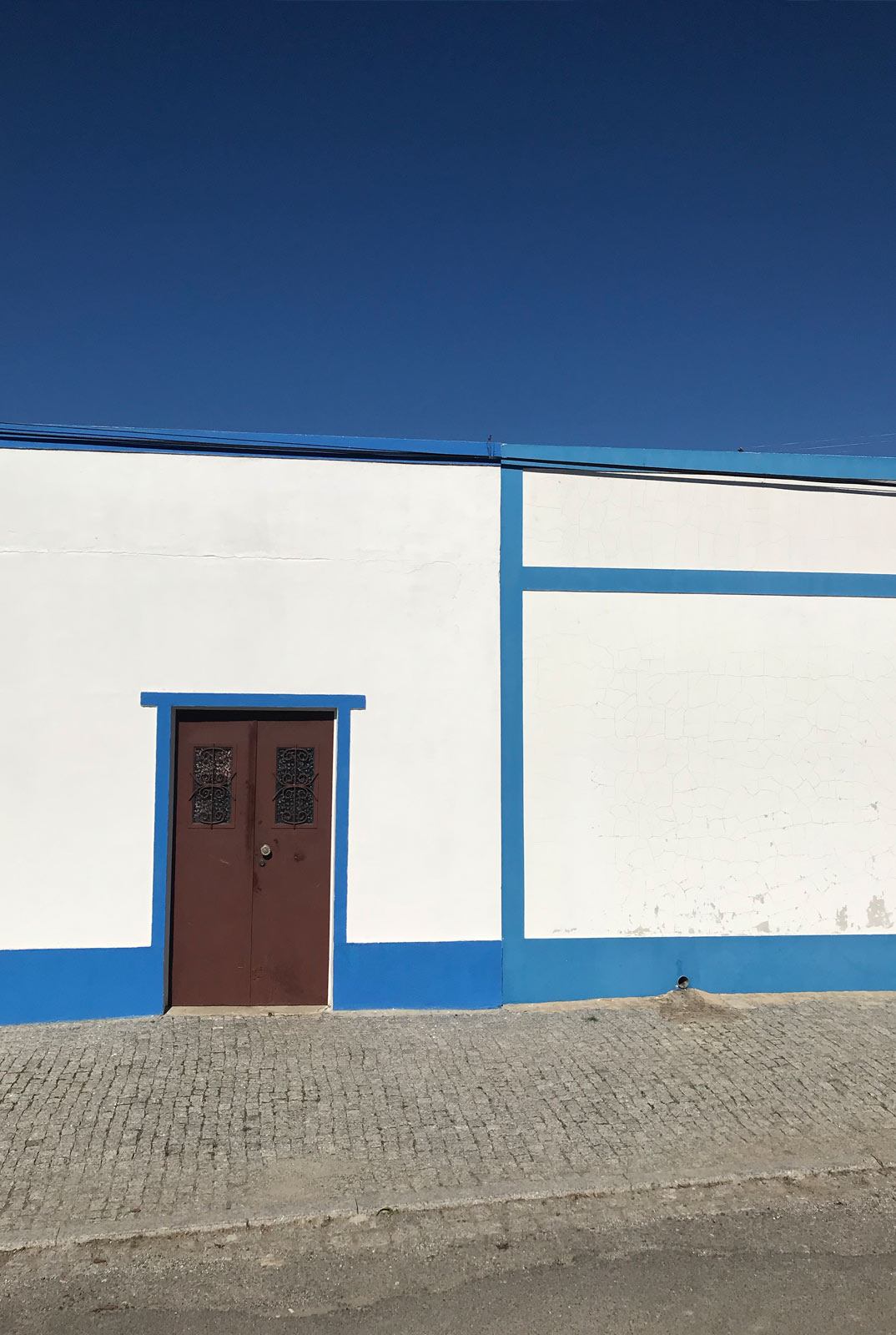
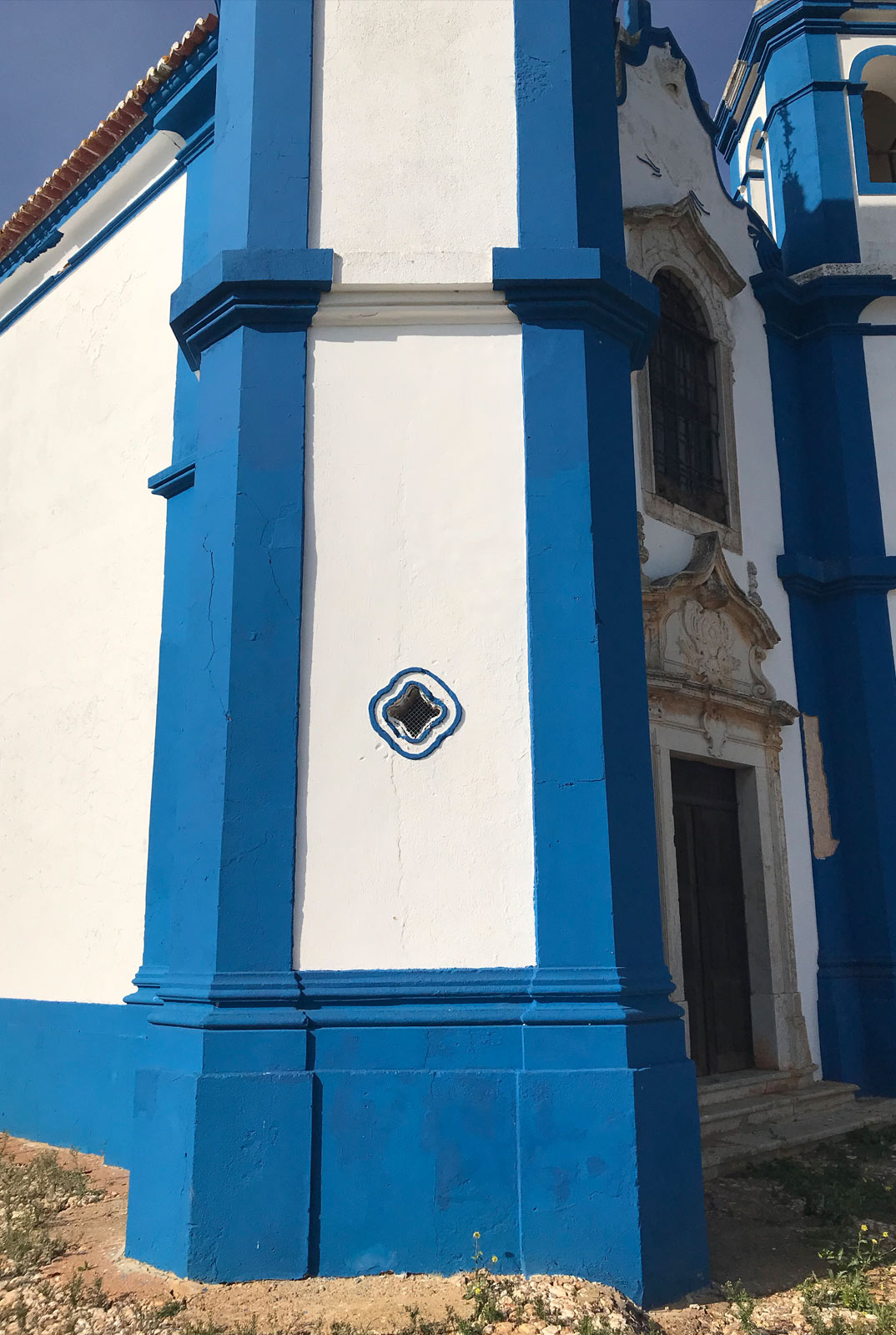
During my time in Portugal I met José Carlos Albino, a retired engineer for rural development in Portugal. After years of working in Lisbon and Brussels Zé Carlos, as the locals like to call him, returned to his home village of Messejana to live a laidback life as a poet.
We met at Messejana’s sports club restaurant, where we regularly ate for lunch, drank a lot of house wine and talked about everything. I was curious about the life before and after the Portuguese Revolution in 1974, his adventurous trips to Ex-Yugoslavia in the early 80s and of course about the World Expo that took place in Lisbon in 1998, where he was very much involved (and you know how much I love these megalomaniac world happenings where the world acts as if wars only exist in fairytale books and total peace reigns everywhere). Still not knowing exactly what to do in Messejana, at one point I asked him to write me a poem about the color blue. He liked the idea.


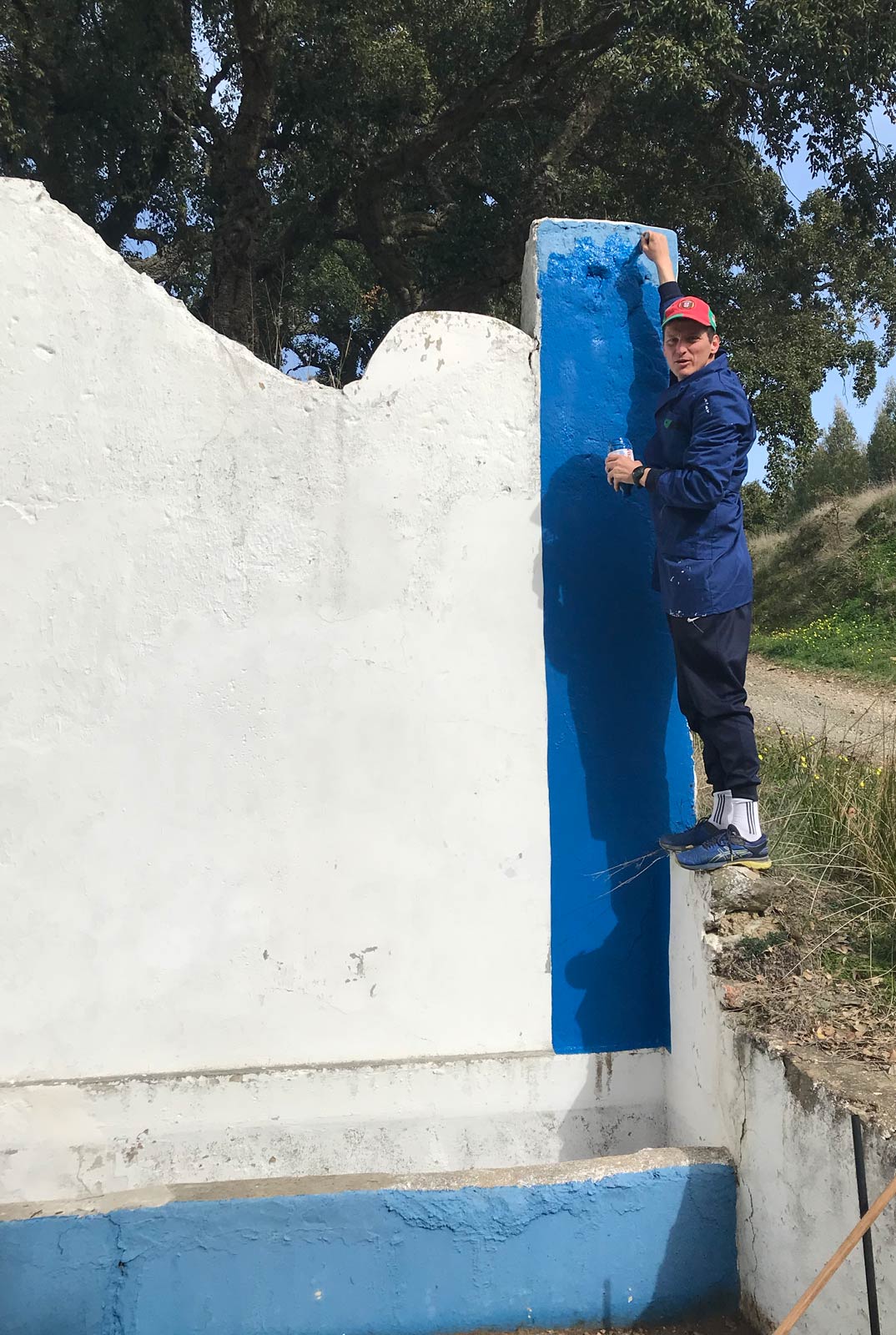

Being impressed by the powerful presence of the blue, shortly after, I designed a typeface, which is based on the shapes of the village’s blue facades. And Zé Carlos’ poem was the perfect occasion to show the full outcome. The village council liked the idea and gave me permission to use the old abandoned laundry wash outside of Messejana that was ideal for putting up the poem. They even gave me the original paint, the so called Alentejo Blue.
Oddly enough, everything came together so perfectly: the poem, the typeface, the color blue, the village. It’s a blue miracle. And I’m glad that with this work I connected Zé Carlos with Messejana forever.

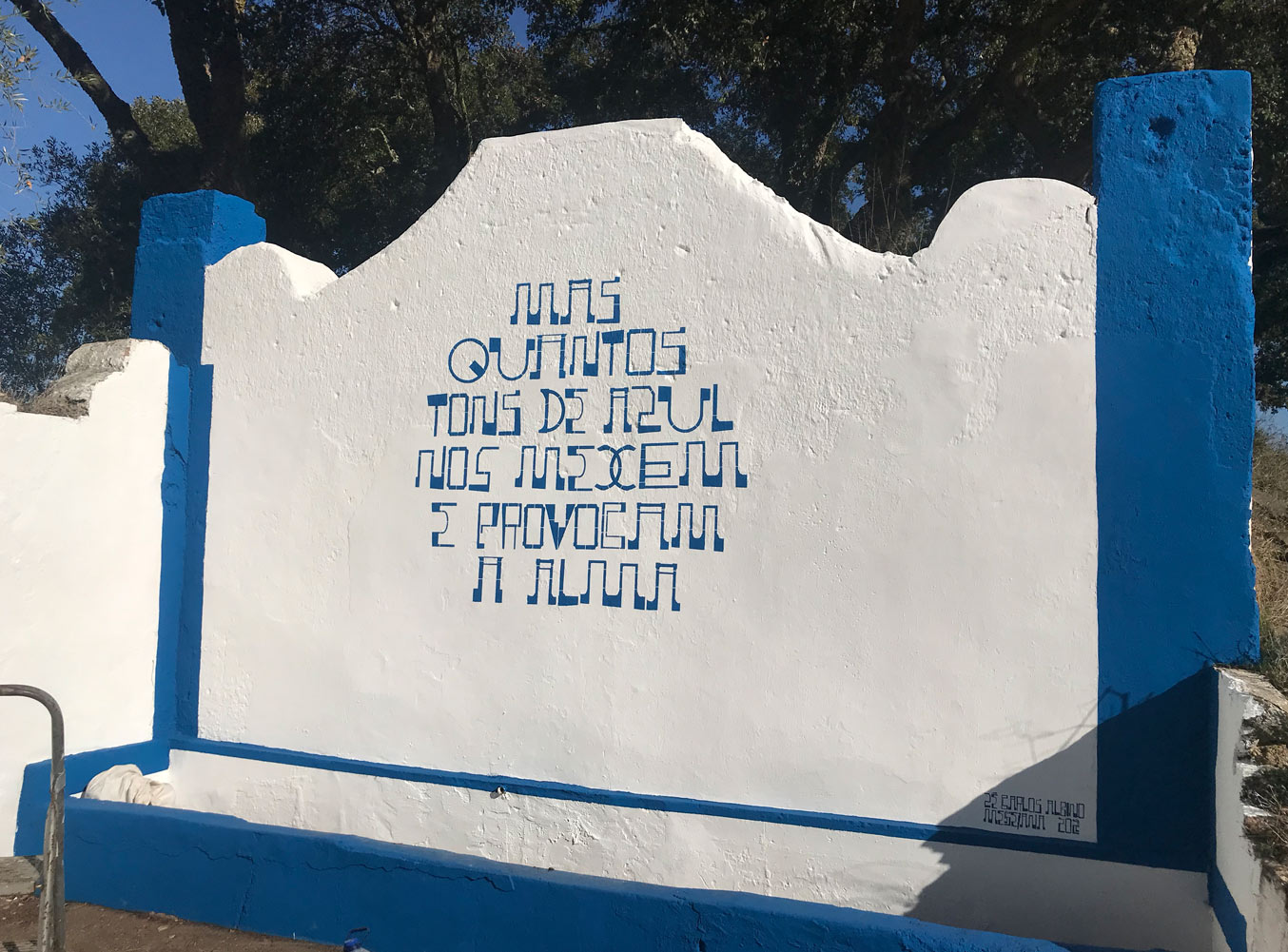
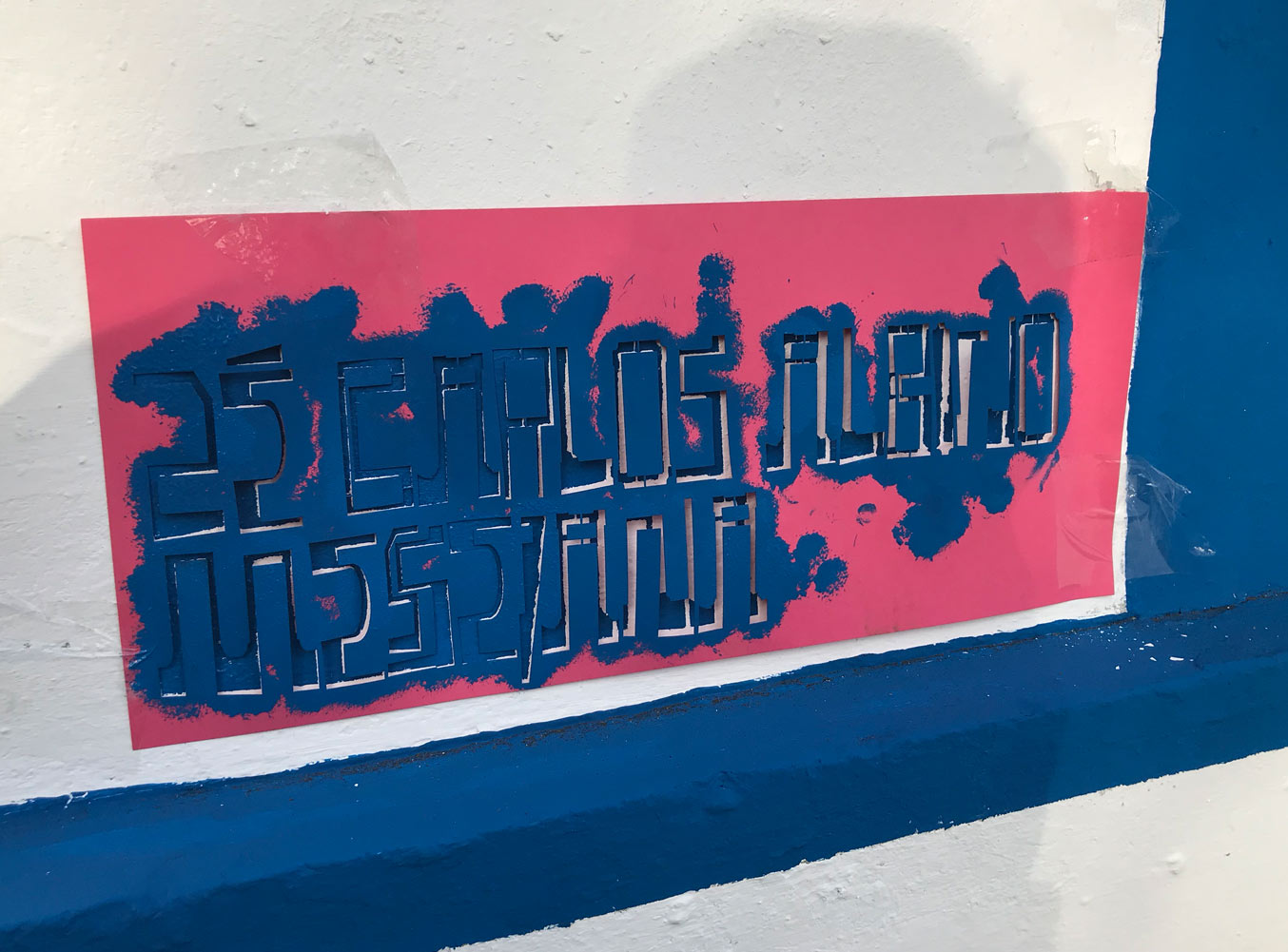
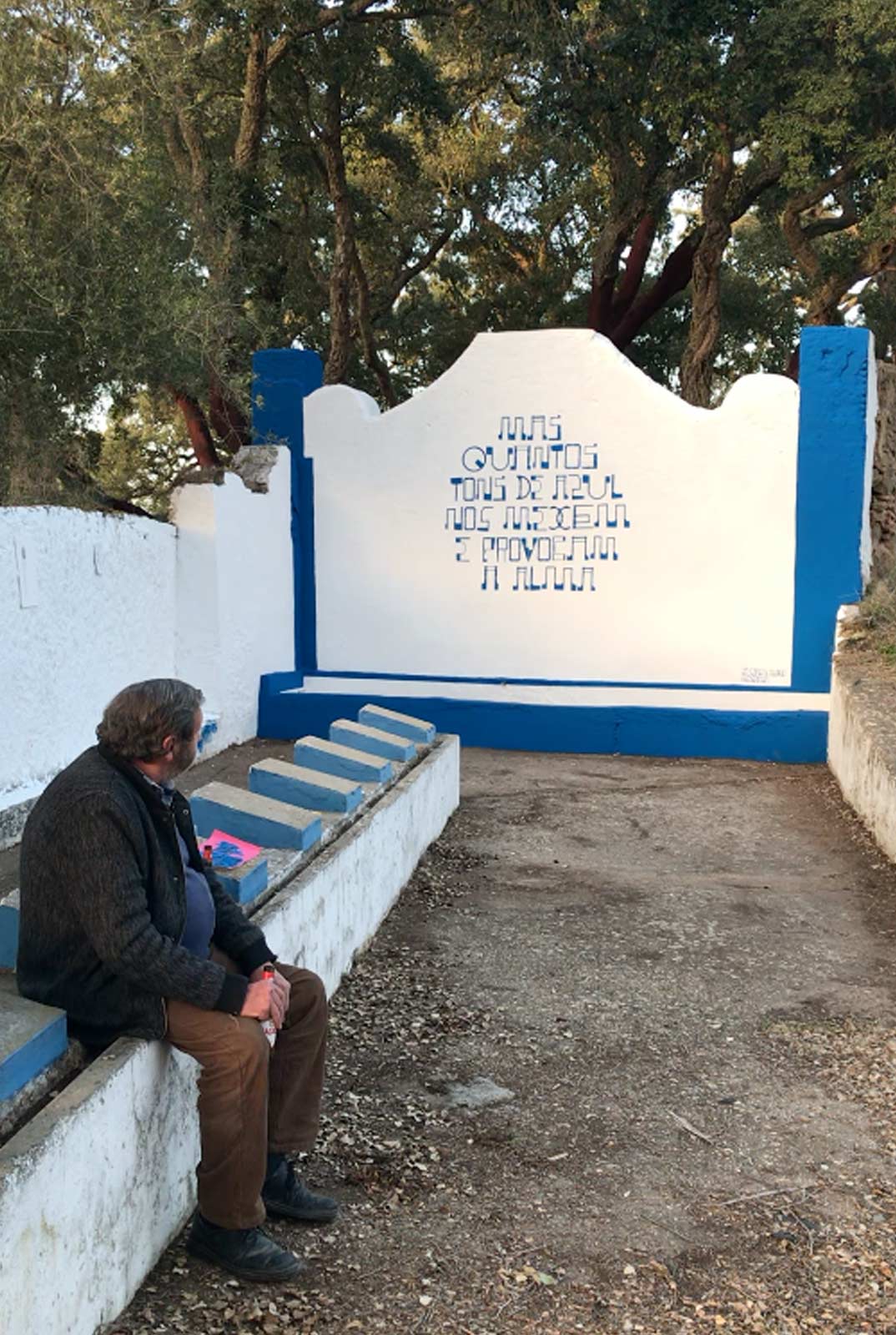






Strolling through the narrow streets of Messejana, the blue decorations on the house facades got my attention straight away. Somehow I automatically started extracting the blue. And what I saw were amorphous and irregular letters in different shapes: thin, extended, narrow, bold, ultra wide. I just couldn’t stop seeing these letters. Without having a plan what to do with it, I started making some merchandising products at the nearest print shop just for fun: jigsaw puzzles, fridge magnets, keychains, T-shirts and many more. Most of the products I actually wouldn’t use or products I consider as ridiculous. But I didn’t expect to have so much joy seeing my work on these products.






During my time in Portugal I met José Carlos Albino, a retired engineer for rural development in Portugal. After years of working in Lisbon and Brussels Zé Carlos, as the locals like to call him, returned to his home village of Messejana to live a laidback life as a poet.
We met at Messejana’s sports club restaurant, where we regularly ate for lunch, drank a lot of house wine and talked about everything. I was curious about the life before and after the Portuguese Revolution in 1974, his adventurous trips to Ex-Yugoslavia in the early 80s and of course about the World Expo that took place in Lisbon in 1998, where he was very much involved (and you know how much I love these megalomaniac world happenings where the world acts as if wars only exist in fairytale books and total peace reigns everywhere). Still not knowing exactly what to do in Messejana, at one point I asked him to write me a poem about the color blue. He liked the idea.




Being impressed by the powerful presence of the blue, shortly after, I designed a typeface, which is based on the shapes of the village’s blue facades. And Zé Carlos’ poem was the perfect occasion to show the full outcome. The village council liked the idea and gave me permission to use the old abandoned laundry wash outside of Messejana that was ideal for putting up the poem. They even gave me the original paint, the so called Alentejo Blue.
Oddly enough, everything came together so perfectly: the poem, the typeface, the color blue, the village. It’s a blue miracle. And I’m glad that with this work I connected Zé Carlos with Messejana forever.



